The high levels of toxic foam in the Yamuna on Friday reignited a blame game between the Aam Aadmi Party (AAP) and the Bharatiya Janata Party (BJP) days before hundreds of devotees will enter the river for Chhath Puja. The BJP accused the AAP of failing to clean the Yamuna, while the AAP said that pollution in the river only appears to spike during Diwali and Chhath Puja.

Also Read: Delhi govt declares Chhath Pooja a public holiday on November 7
“The AAP government has failed to take concrete steps to prevent the pollution of the Yamuna River, which is why the river is covered with thick layer of foam,” said leader of the opposition in the Delhi assembly Vijender Gupta.
“The AAP government has not installed enough sewage treatment plants (STPs) to treat the sewage water flowing from residential colonies, which is the primary cause of the Yamuna’s pollution. Even the existing STPs have such limited capacity that they are either unable to treat the sewage effectively or are mostly non-functional,” Gupta said.
Also Read: Yamuna’s ammonia levels affect supply, despite improvement at WTPs
The AAP hit back saying that pollution in the Yamuna seems to spike only during Diwali and Chhath Puja, and this was not accidental but rather a deliberate conspiracy by the BJP. “First, the BJP-controlled states of Haryana and Uttar Pradesh release industrial waste laced with hazardous chemicals into the Yamuna, creating the foam that pollutes the Yamuna’s waters. BJP has no concerns about the pollution — it’s about politics. The BJP’s vendetta against the AAP government, fuelled by years of losing Delhi, results in actions that harm the people of Delhi. Instead of focusing on Delhi’s welfare, the BJP engages in divisive tactics. It’s time for them to stop using pollution as a tool for drama and defamation. No matter how many obstacles the BJP creates, the AAP will continue to work for the people,” an AAP spokesperson said.
Also Read: Delhi BJP’s Virendra Sachdeva takes dip in ‘polluted’ Yamuna, lands in hospital
The latest spat between the two parties began a couple of weeks ago when thick white froth covered the Yamuna near Kalindi Kunj, prompting the BJP to criticise the AAP while the latter alleged that polluted waste water was being discharged into the Yamuna by BJP-led governments in Haryana and Uttar Pradesh.
The Yamuna, which remains polluted throughout the year, sees visible pollution in the form of foam that floats on the river’s surface near Kalindi Kunj. This is close to where the river exits Delhi and by which time has already received sewage from Delhi’s 23 major drains — the influx of untreated effluents and surfactants.
In 2020, the National Green Tribunal (NGT)-appointed Yamuna monitoring committee had taken cognizance of froth formation in Yamuna, with the Delhi Pollution Control Committee (DPCC), in its report to the panel, blaming the presence of dhobi ghats, direct release of sewage containing phosphatic detergents, and industrial effluents for the froth formation.
High faecal coliform
Meanwhile, the latest DPCC data from September showed that Delhi’s faecal coliform levels, an indicator of high sewage entering the river, were 4,900,000/100ml, at least 1,959 times higher than the standard of 2,500 units per 100ml.
On Friday, Gupta visited several sewage outfalls in Delhi, including those in Gandhinagar, Shastri Park, ITO Crossing, and Chilla, and said “untreated sewage water from colonies flows directly into the Yamuna.”
“In some places where the Delhi government has set up STPs, their capacity is so low that they cannot treat all the sewage. For instance, in Chilla, there is a nine MLD capacity plant, while 101 MLD of sewage is flowing directly into the Yamuna. Similarly, in areas like Shastri Park and Kailash Nagar, untreated sewage water from colonies is flowing directly into the Yamuna, polluting it further. The situation is the same at the ITO Crossing sewage outfall, where there is an STP but it can only treat 10 MLD of the 50 MLD sewage that flows into the Yamuna, leaving the remaining 40 MLD of sewage untreated. Sewage from New Delhi, the constituency of former chief minister Arvind Kejriwal, is also discharged into the Yamuna through this outfall. During the monsoon, these outfalls overflow, causing waterlogging as rainwater floods the roads,” Gupta said.
The politics over the polluted river has intensified over the last week. Chhath will be celebrated between November 5 and 8 and involves offering prayers to the Sun while standing in knee-deep water. Scenes of Chhath devotees standing in the polluted frothy waters of the Yamuna near Kalindi Kunj has caused widespread public outrage every year. The blame game over foam formation, too, has become an annual feature.
Last month the Delhi government announced that it was planning to make arrangements at 1,000 ghats in the Capital for the festival. The ghats are located across the Capital on the banks of the Yamuna. The government provides essential facilities such as clean water, tents, electricity, restrooms, security, medical services, power backup, and CCTV cameras.



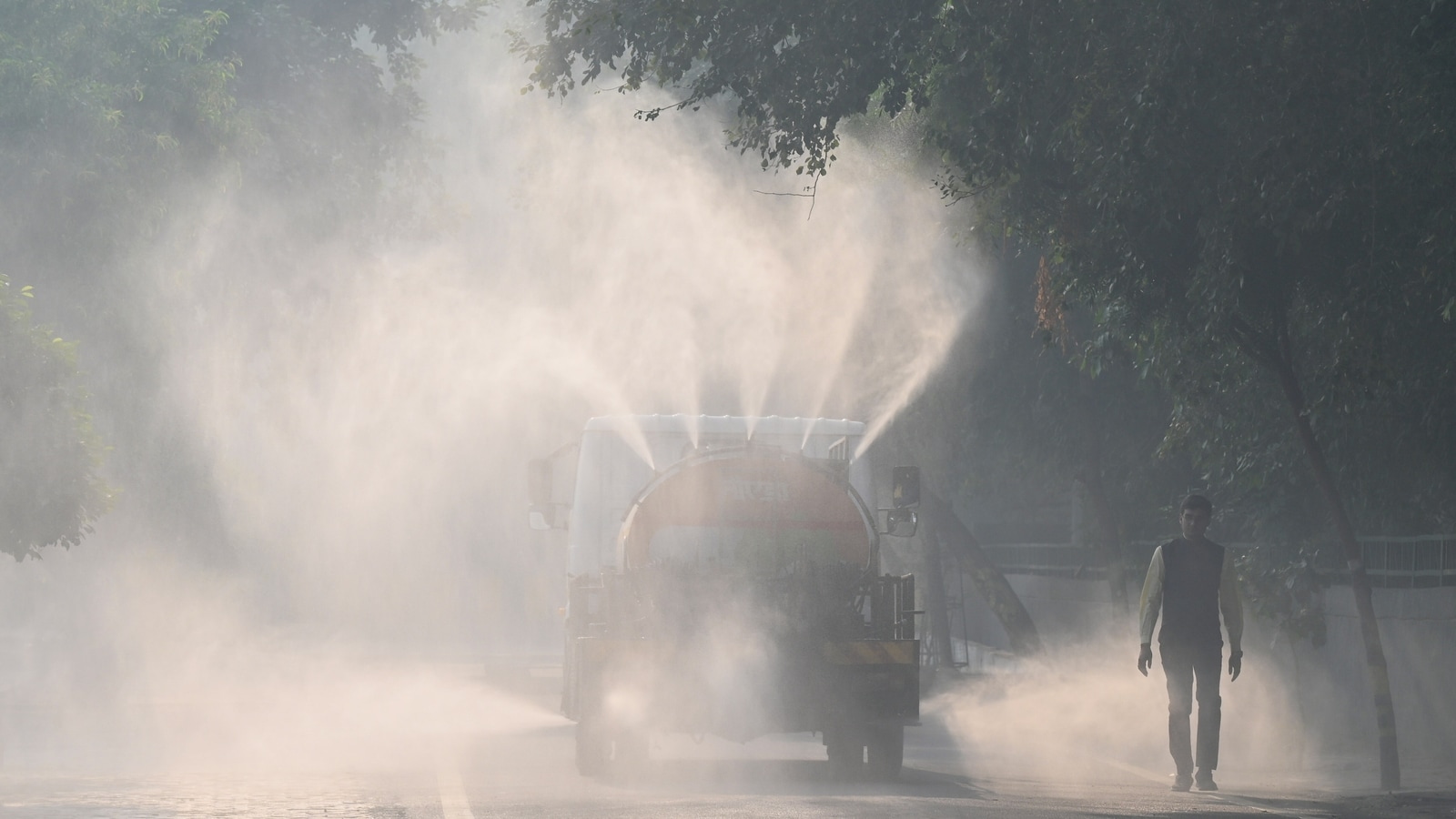
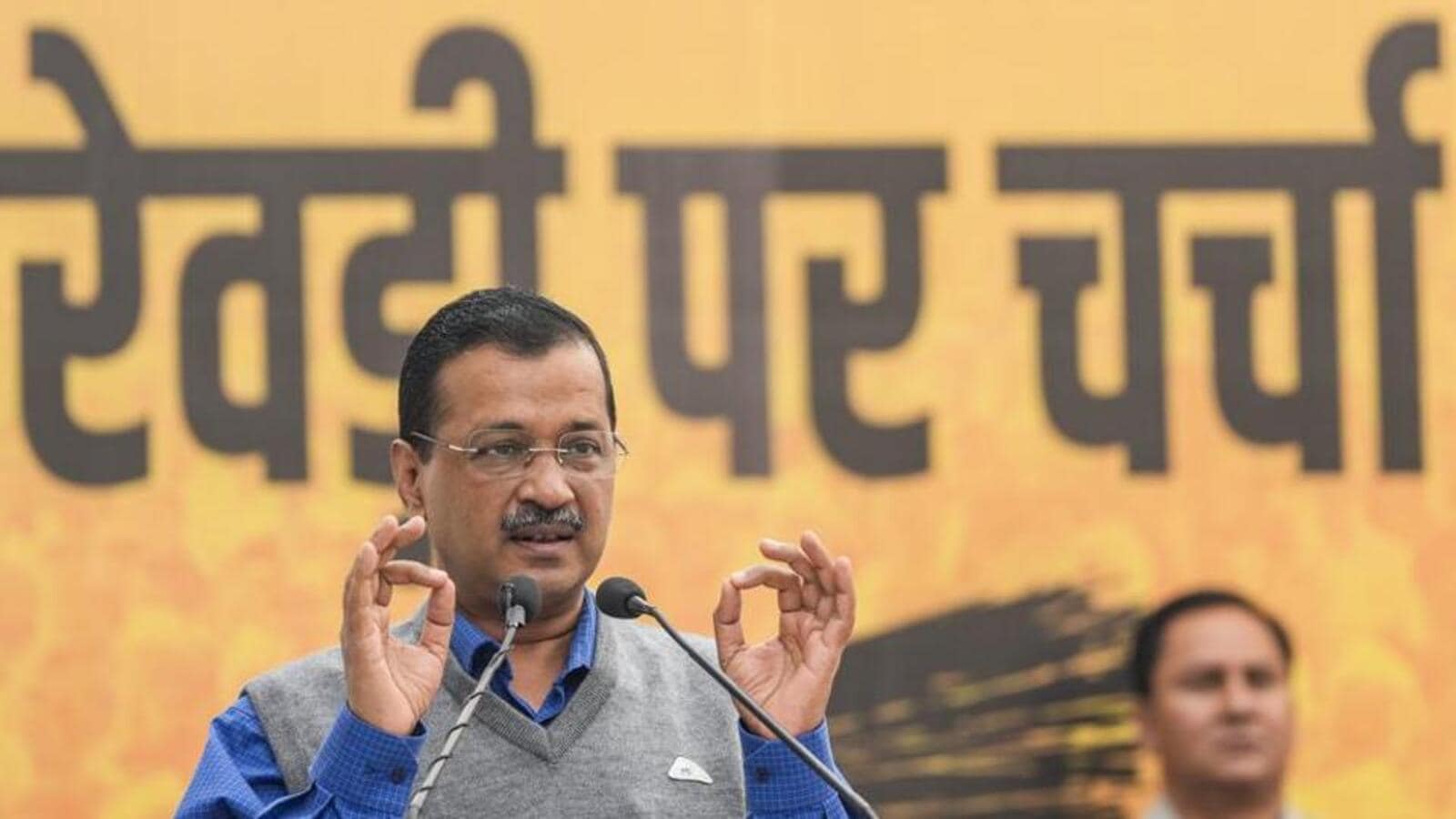
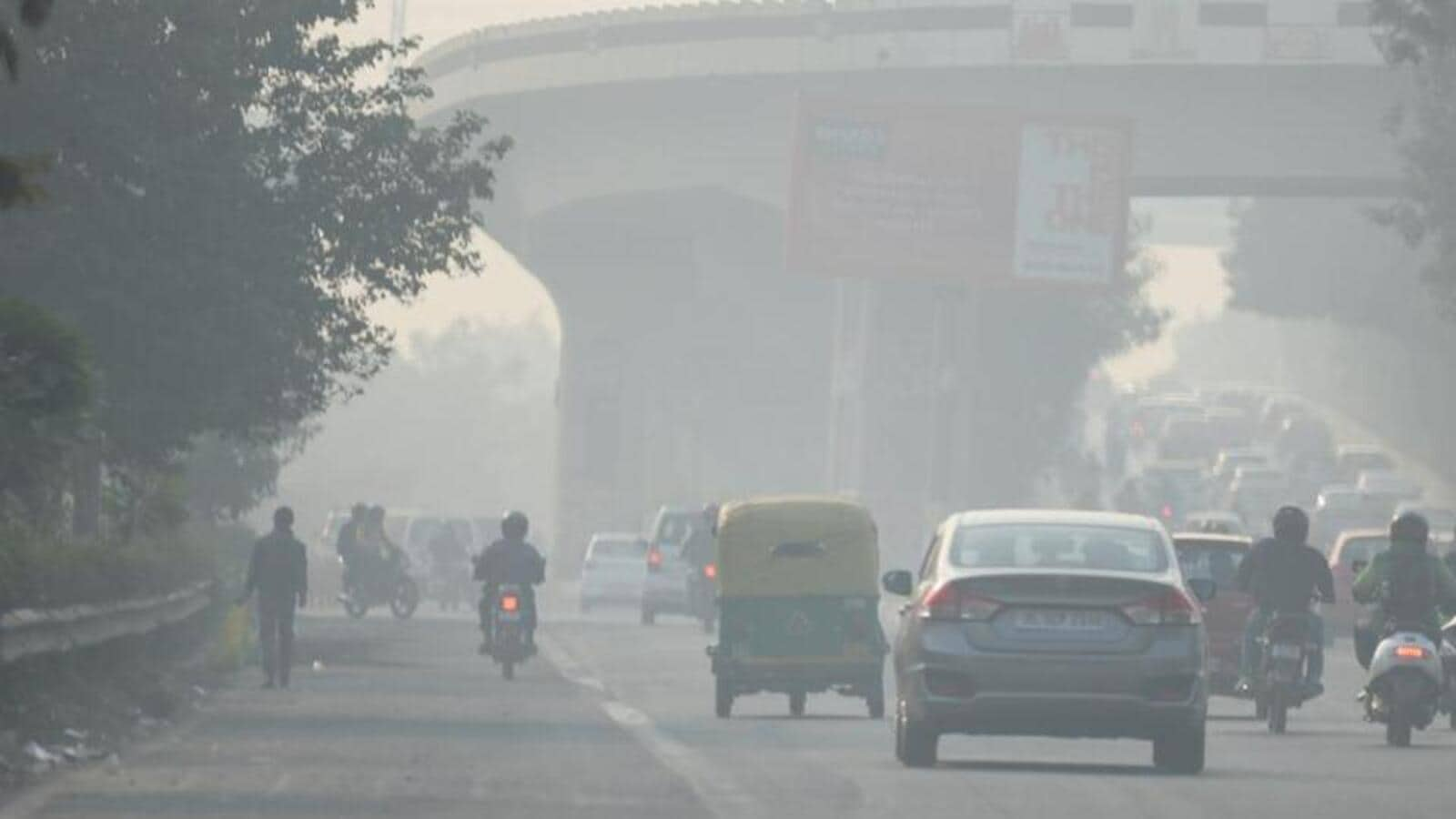
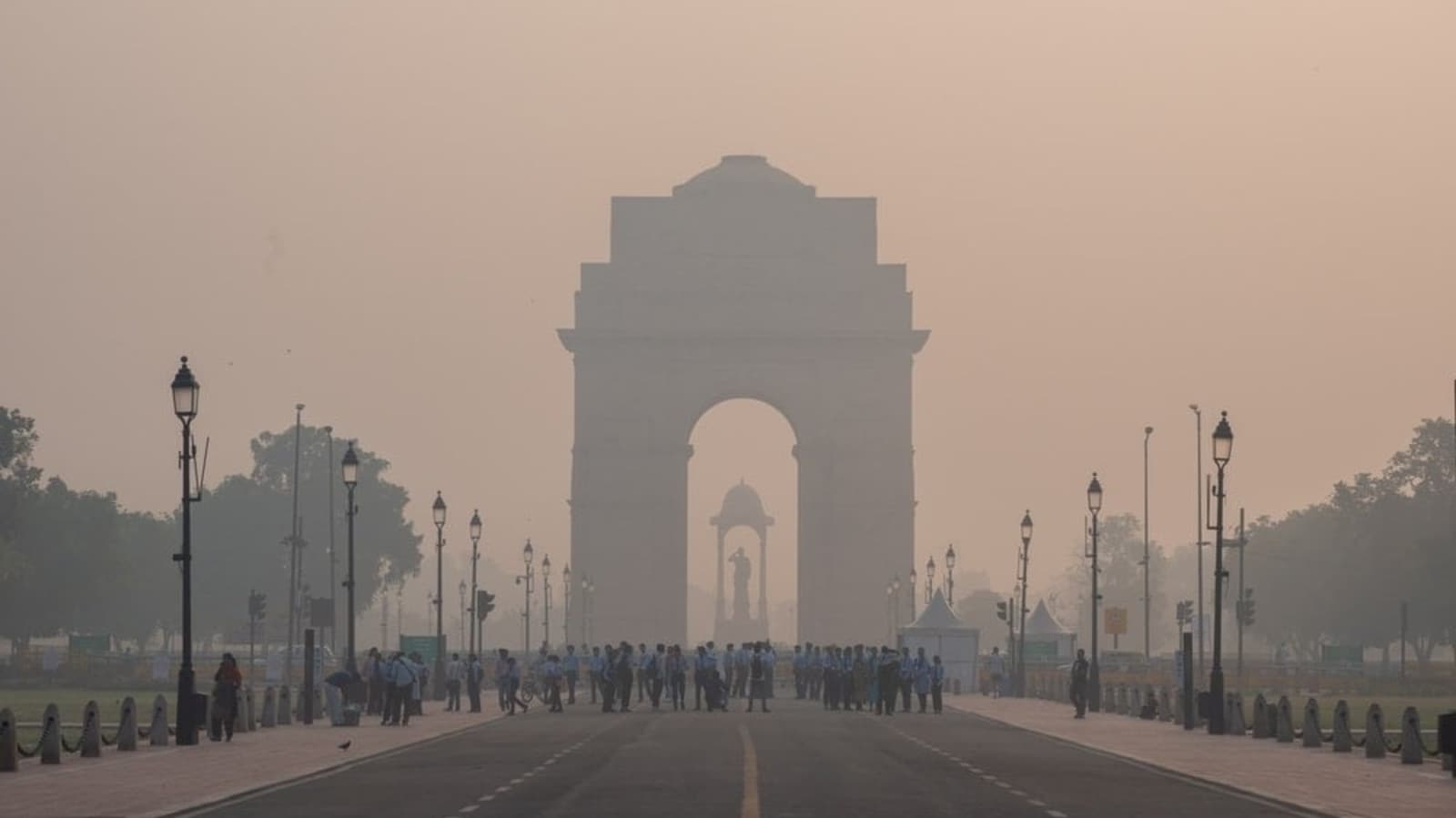

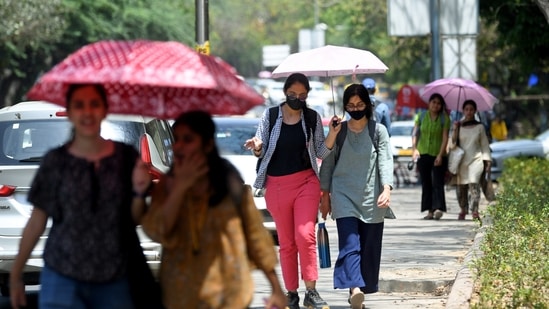


Leave a Reply